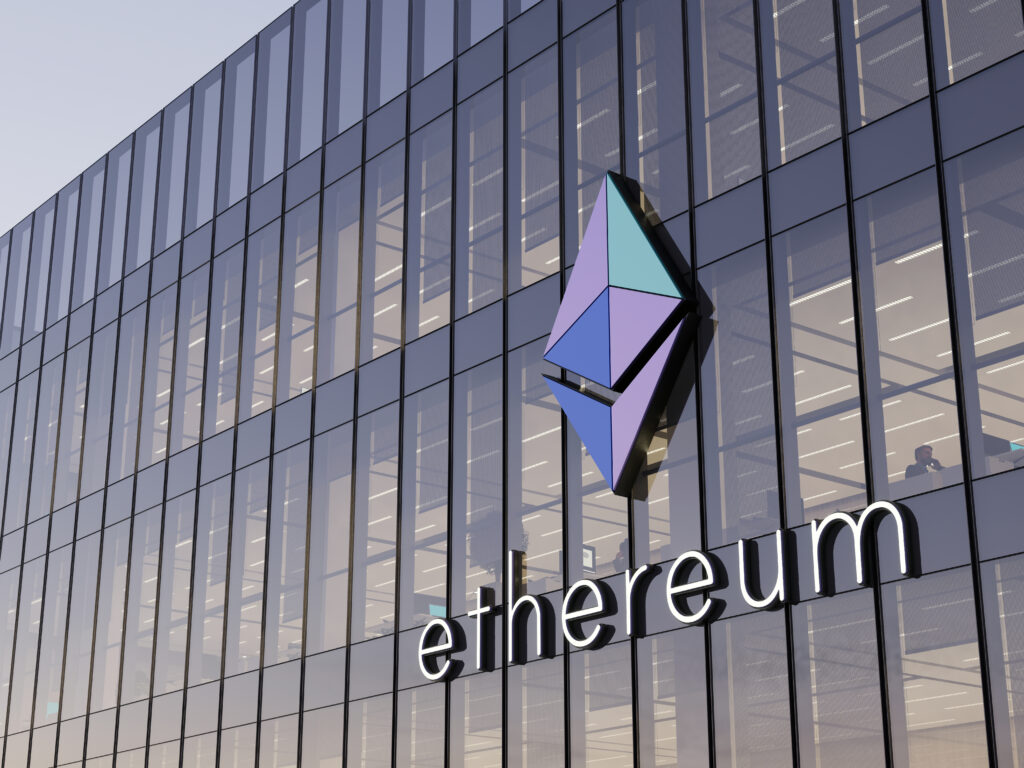
Key Takeaways:
- Ethereum researcher Dankrad Feist proposed EIP-9698 to increase the network’s gas limit 100x over four years, boosting potential throughput to 2,000 TPS.
- The deterministic growth schedule would start around June 1, with a gradual 10x gas limit increase over two years, followed by another 10x jump.
- While boosting scalability, the plan may strain less-optimized nodes but gives ample adaptation time; it complements layer 2 scaling efforts amid ecosystem fragmentation concerns.
Ethereum Foundation researcher Dankrad Feist has proposed a major scalability upgrade for Ethereum through a new Ethereum Improvement Proposal (EIP-9698).
Announced on April 27, the plan seeks to increase the network’s gas limit by 100 times over four years, potentially boosting transaction throughput to around 2,000 transactions per second (TPS).
BREAKING🚨 ETHEREUM RESEARCHER DANKRAD FEIST REVEALS 4-YEAR PLAN TO INCREASE GAS LIMIT BY 100X, POTENTIALLY ELEVATING BLOCKCHAIN TPS TO 2,000! pic.twitter.com/eFPfY1loYG
— CryptoSavingExpert ® (@CryptoSavingExp) April 28, 2025
The proposal sets a “deterministic gas limit growth schedule,” starting around June 1, with an initial 10x increase over two years, followed by another 10x boost.
This gradual growth is designed to align with expected advances in hardware and software efficiency.
If implemented, Ethereum’s gas limit would grow from 36 million to roughly 3.6 billion, enabling about 6,000 transactions per block.
While this could significantly enhance Ethereum’s competitiveness against networks like Solana, Feist acknowledges it might challenge less-optimized nodes and increase block propagation times.
Nevertheless, the slow, exponential growth is intended to give node operators time to adapt.
This proposal comes amid broader efforts to improve Ethereum’s base layer scalability, addressing criticisms that reliance on layer 2 solutions has fragmented the ecosystem.
In parallel, developers are considering another proposal, EIP-9678, to quadruple the gas limit in the Fusaka hard fork expected in late 2025, while the Pectra upgrade is set for May.

